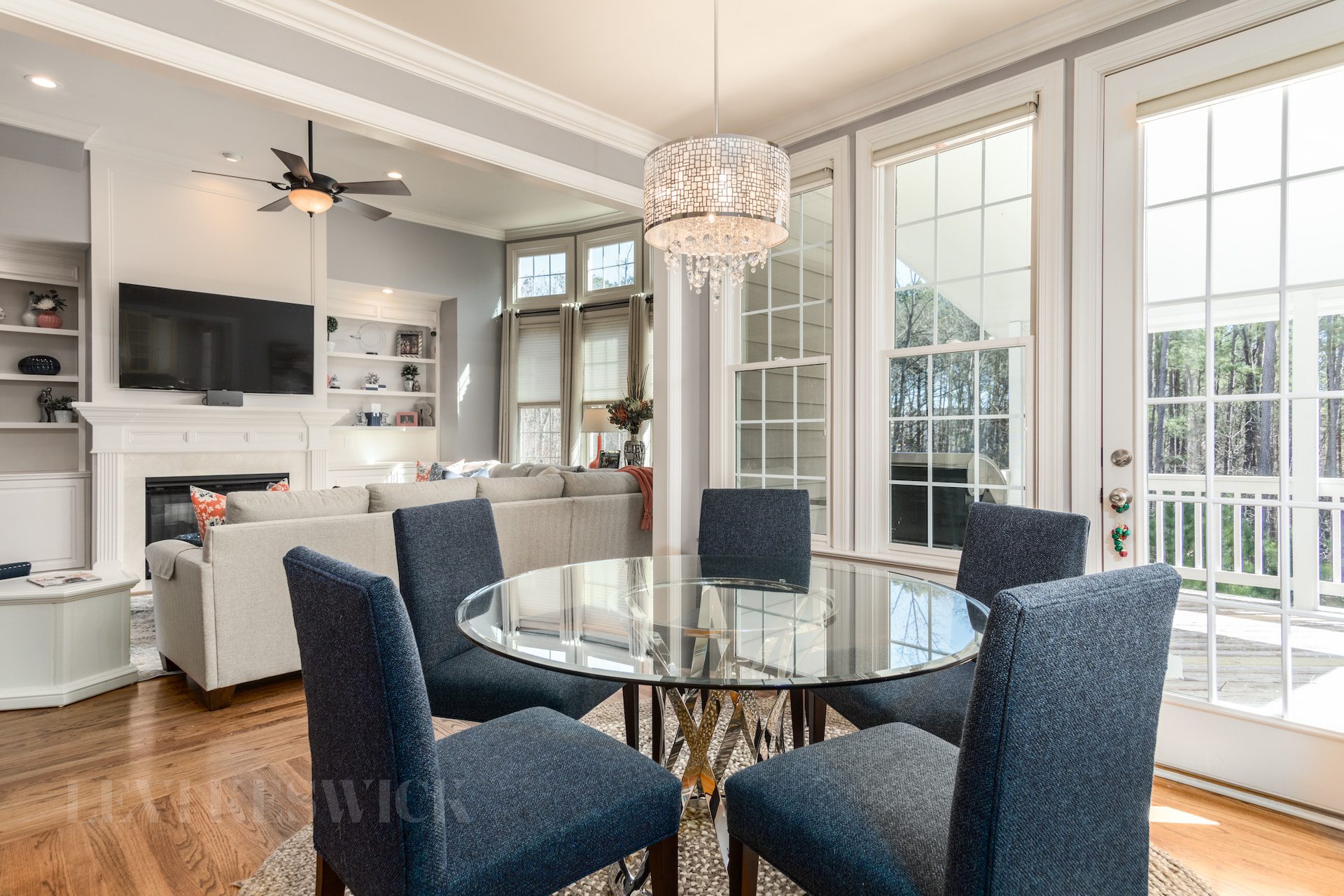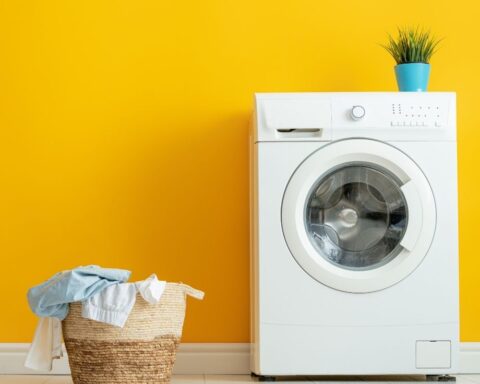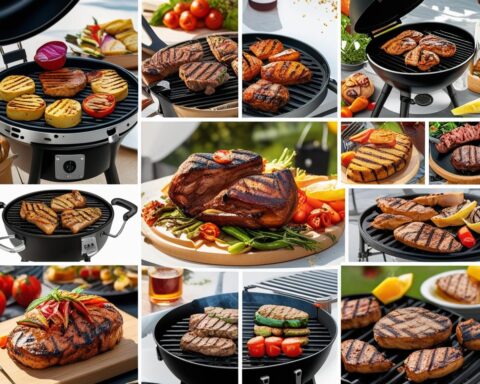Key takeaways:
- It is essential to accurately account for the value of your home’s contents when purchasing insurance
- Many homeowners underestimate the value of their possessions, putting them at risk for under-insurance
- This article explores the top 10 categories of valuable items commonly found in homes
The Importance of Accurate Home Contents Valuation
When it comes to insuring your home, one crucial aspect is often overlooked: the value of the contents within it. Many homeowners underestimate the worth of their possessions, leaving them at risk of under-insuring their homes. This article serves as a guide to help you discover and accurately account for the most expensive things in your house, ensuring that you are adequately protected in case of theft or damage.
1. Furniture: Investment Pieces that Make a Statement
The most expensive thing in my house is often a piece of furniture. While the cost of furniture can vary significantly, high-quality pieces are an investment that adds both aesthetic and monetary value to your home. Make sure to include all types of furniture – from sofas to dining sets – when calculating the worth of your home’s contents.
2. Clothing: Your Wardrobe’s Hidden Value
The value of your family’s clothing collection can quickly add up, especially when considering designer items and seasonal wardrobes. Don’t forget to include children’s clothing, which can require frequent replacements due to growth spurts.
3. Jewellery: A Treasure Trove of Sentiment and Value
Your jewellery collection may hold more value than you realize, particularly if it has been accumulated over many years. Ensure that you have your collection professionally appraised to accurately account for its worth in your insurance coverage.
4. Soft Furnishings: The Comfort and Elegance of Home
Carpets, curtains, and other soft furnishings contribute significantly to your home’s comfort and style. Bespoke items, antiques, or high-end pieces should be accounted for in your home contents valuation.
5. Electronics: The High Cost of Staying Connected
From gaming consoles to smart home technology, the price of electronics can quickly escalate. Make sure to include computers, tablets, smartphones, cameras, and any other electronic devices when calculating the value of your home’s contents.
6. Sports Equipment: Investing in Fitness and Fun
Home gym equipment, bicycles, and other sporting goods may hold significant value even if purchased years ago. Ensure that these items are included in your home contents insurance to protect your investment in fitness and recreation.
7. Garden Gear: Beautifying Your Outdoor Spaces
Garden tools, equipment, and outdoor furniture can be expensive and are often targeted by thieves. Include these items in your insurance policy to protect against theft or damage.
8. Collections: The Worth of Your Hobbies and Passions
Artwork, coins, stamps, and collectible toys are just a few examples of personal collections that may hold significant value. Take inventory of any collections in your home and include them in your home contents valuation.
9. Musical Instruments: The Sound of Investment
Musical instruments can be surprisingly valuable, and their worth should not be overlooked when determining the value of your home’s contents. Be sure to include any instruments, regardless of their age or level of use.
10. Kitchen Luxuries: The Value in Cooking and Entertaining
High-quality kitchen gadgets, tableware, and utensils can contribute significantly to the overall worth of your home’s contents. Ensure that these items are accounted for when evaluating your home’s contents for insurance purposes.
11. Antiques and Heirlooms: The Priceless Legacy of Your Family
Inherited items or antique pieces in your home might be more valuable than you realize. From furniture to artworks, these items often have historical and monetary value that should be taken into account when assessing your home’s contents. Consult with an expert to get accurate appraisals of your antiques and heirlooms.
12. Home Office Equipment: The Investment in Your Professional Life
Working from home has become increasingly common, and with it comes the need for high-quality home office equipment. Desks, ergonomic chairs, printers, and other office necessities can be expensive and should be included in your home contents insurance to protect your professional investments.
13. Books and Media Collections: Your Intellectual Assets
Books, DVDs, and other media collections can accumulate significant value over time. While these items might not be the first thing you think of when considering your home’s contents, they should be included in your insurance policy to protect your intellectual and entertainment investments.
14. Children’s Items: The Cost of Growing Up
From strollers and car seats to toys and educational materials, children’s items can quickly add up in cost. Make sure to include these items in your home contents insurance to account for the ever-changing needs of your growing family.
15. Home Appliances: The Backbone of Modern Living
Home appliances such as refrigerators, washing machines, and dryers are essential for modern living and can be quite costly to replace. Be sure to include these items in your home contents valuation to ensure that you are adequately protected in case of damage or malfunction.
The Bottom Line: Ensuring Adequate Home Contents Insurance
Accurately valuing the contents of your home is a critical step in ensuring that you are adequately insured against theft, damage, or loss. By considering the categories discussed in this article and working with a professional appraiser when necessary, you can have peace of mind knowing that your investments in your home and its contents are well protected.
Remember that the most expensive thing in your house might not be what you initially think. It’s essential to take inventory of all the valuable items in your home, from furniture and electronics to collections and antiques, to ensure that your insurance policy provides sufficient coverage. Regularly reviewing and updating your home contents valuation will help you maintain adequate insurance coverage and safeguard your possessions for years to come.








